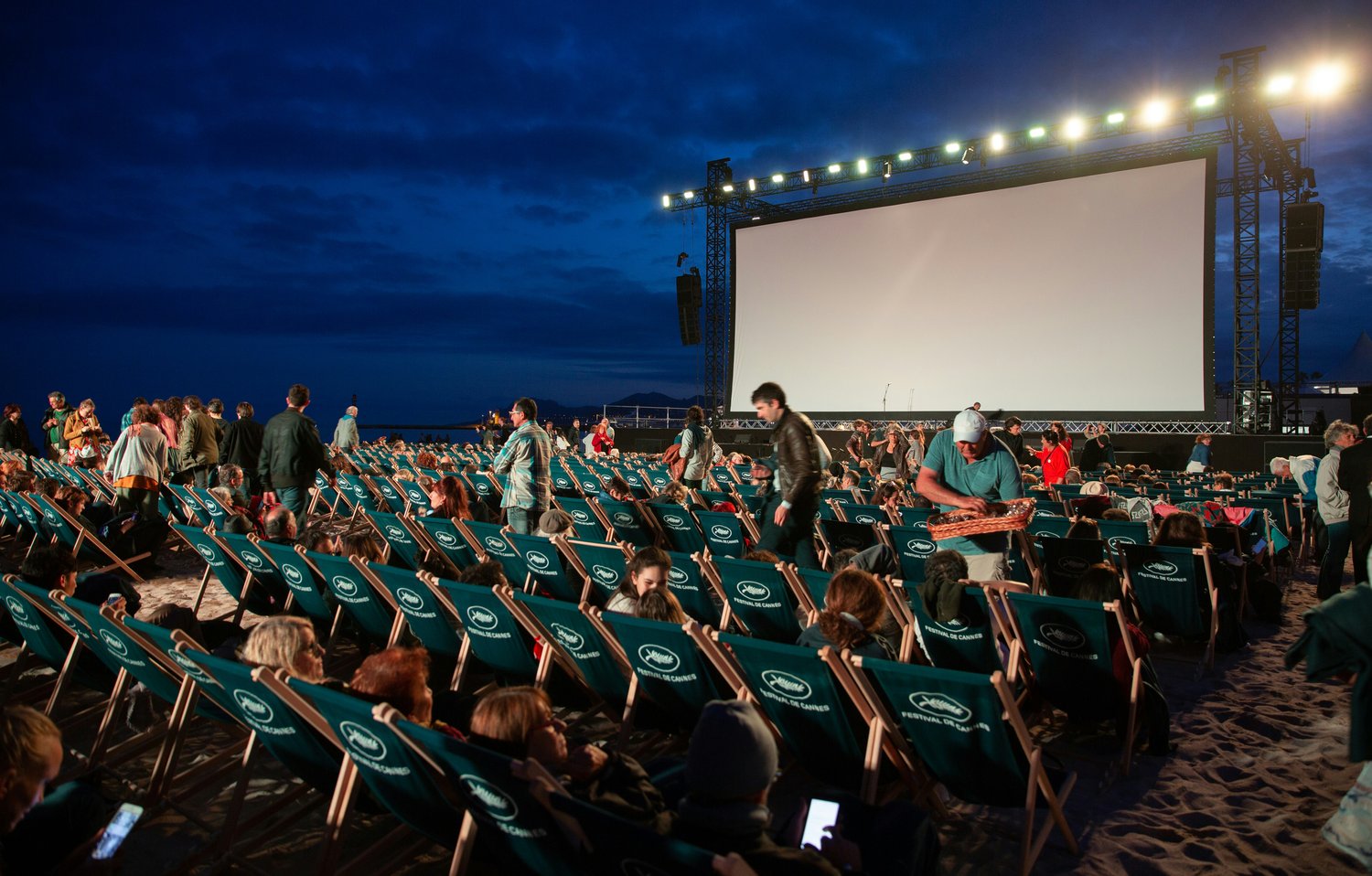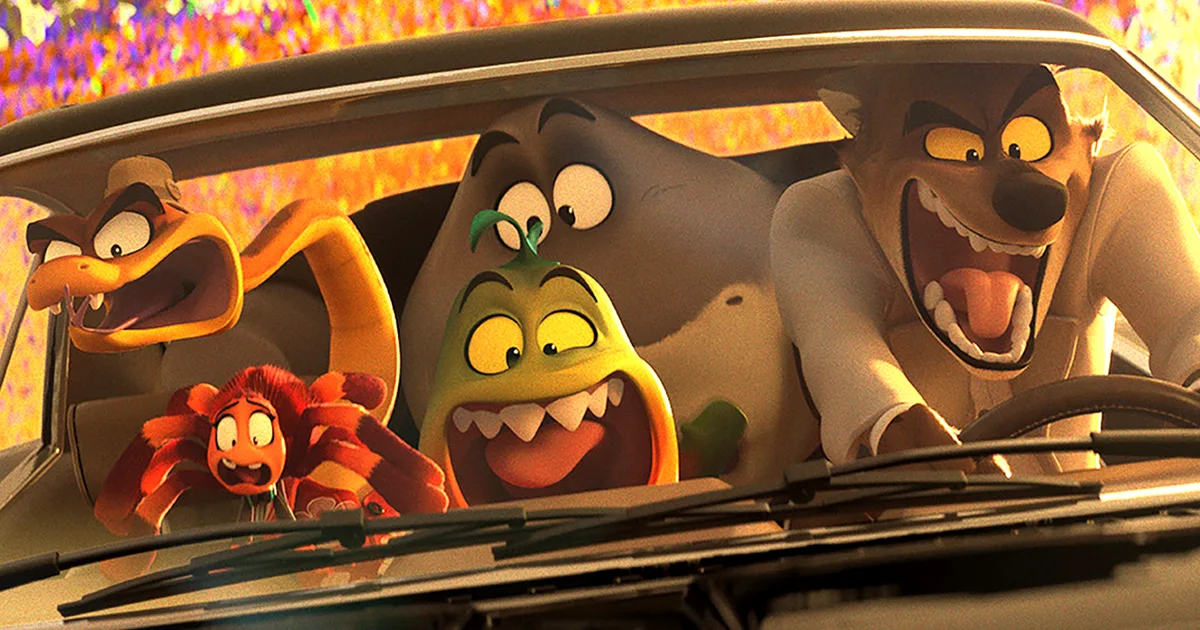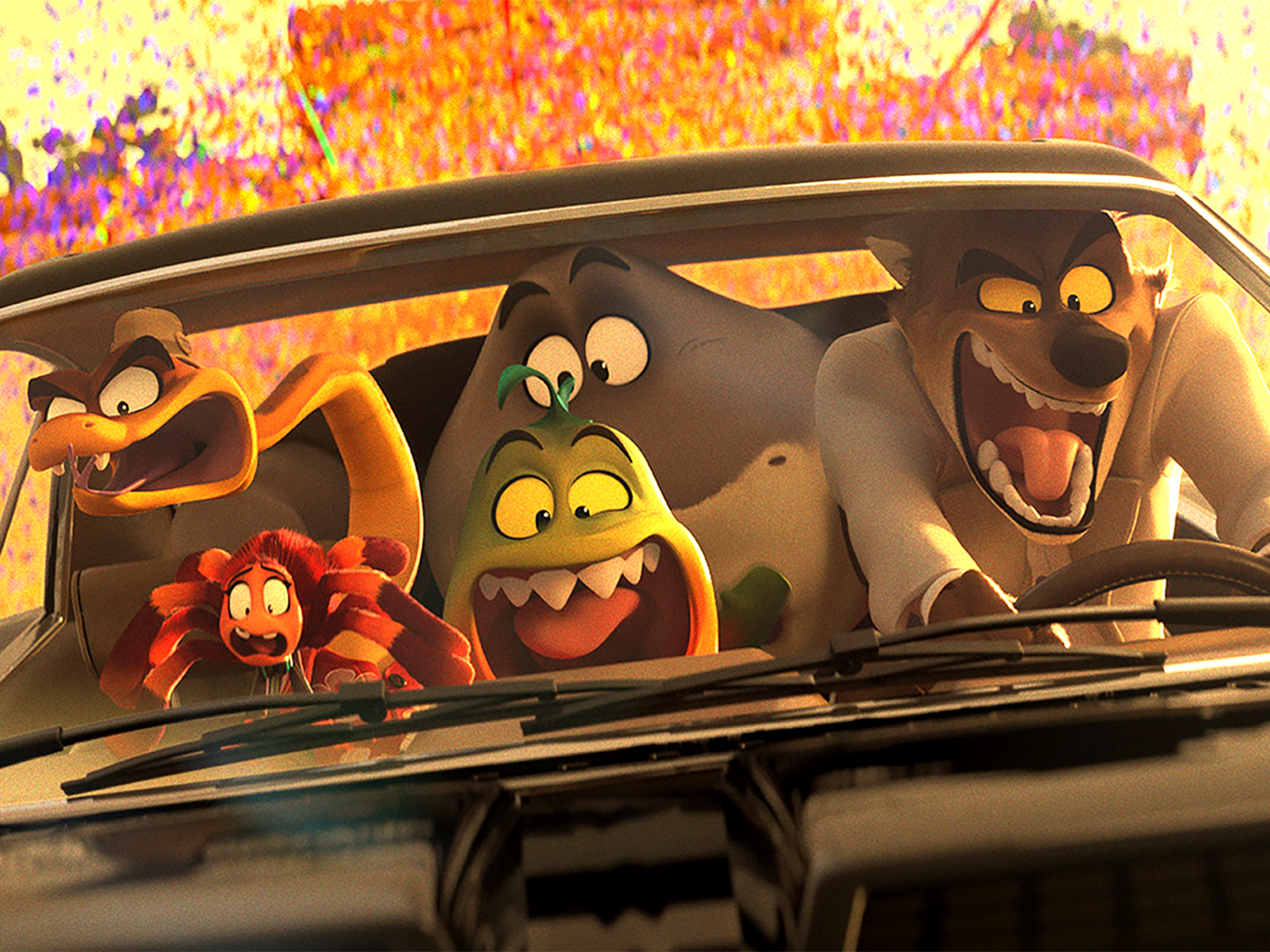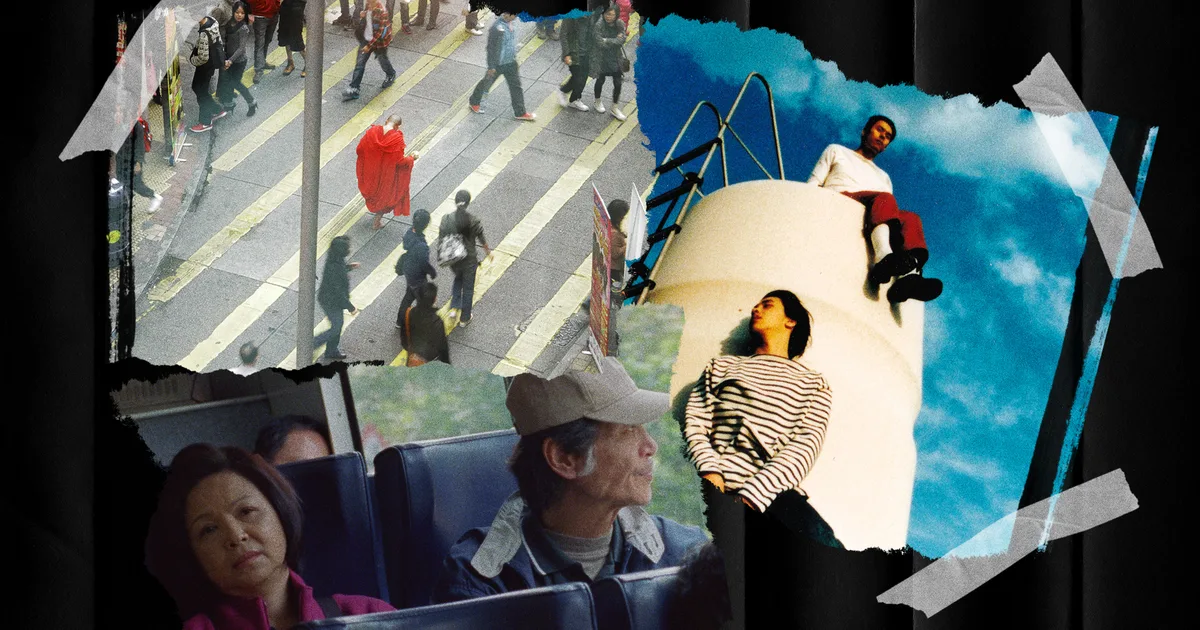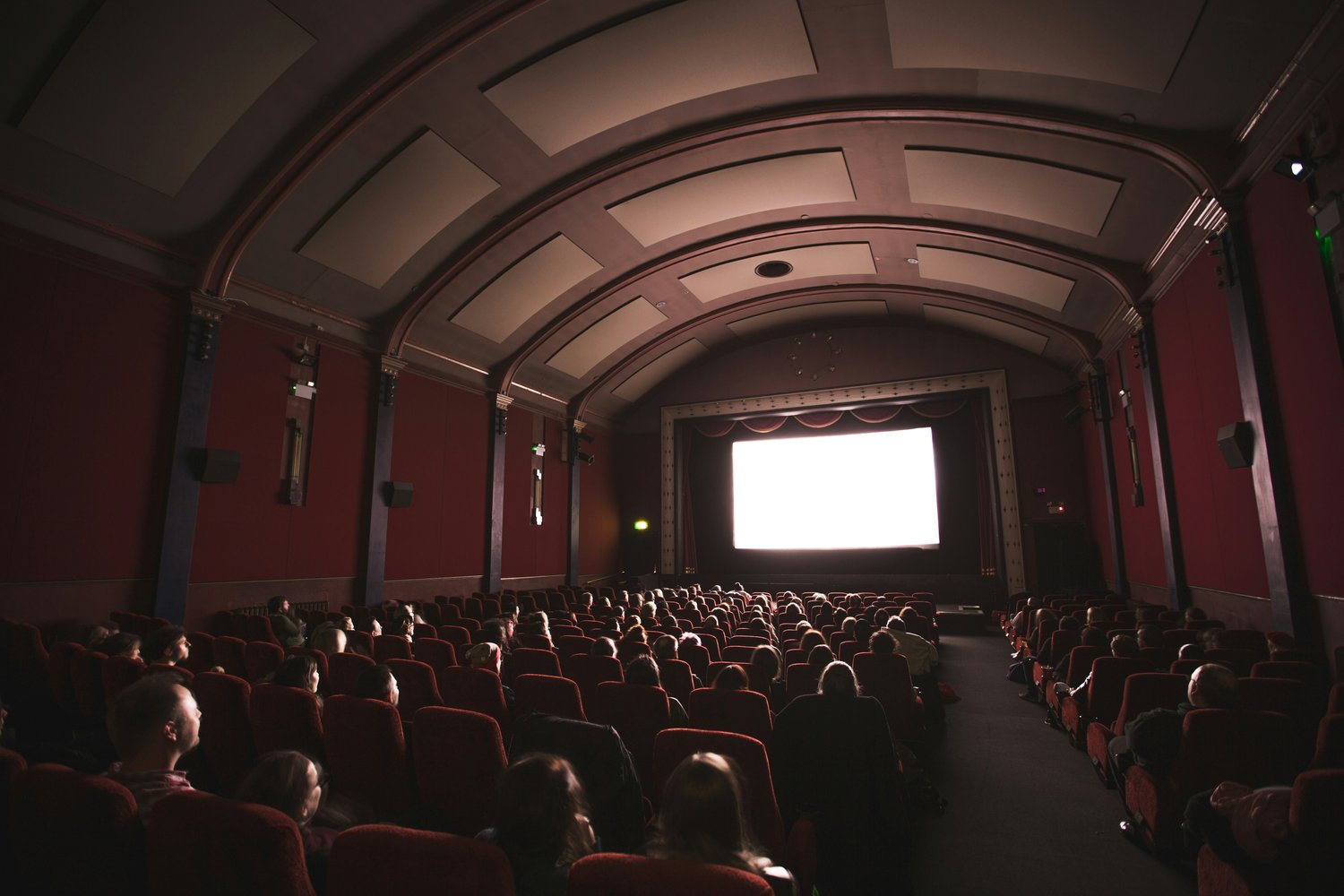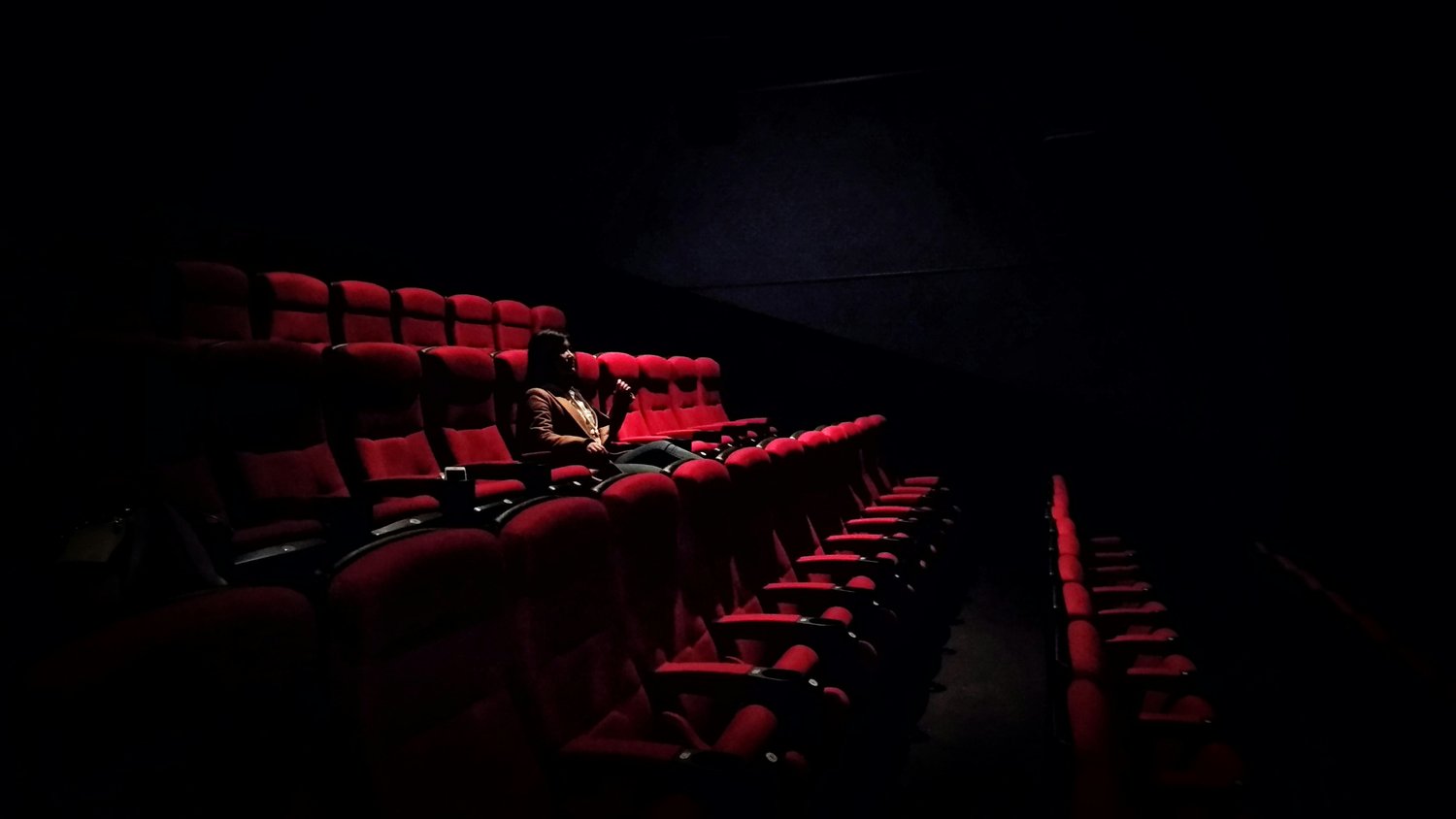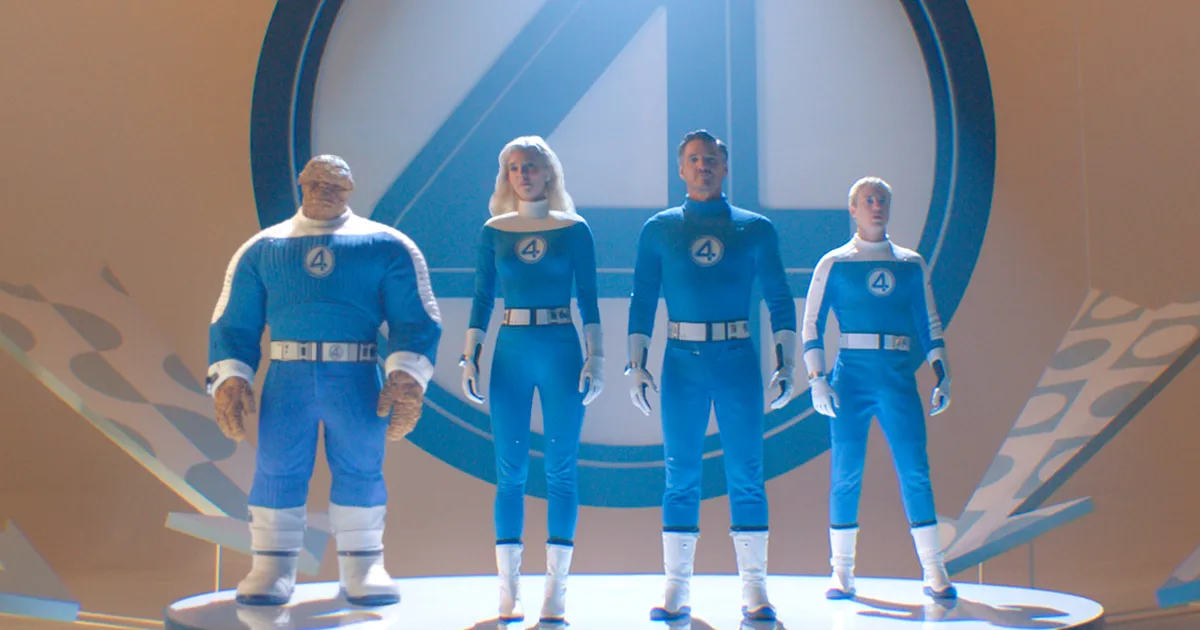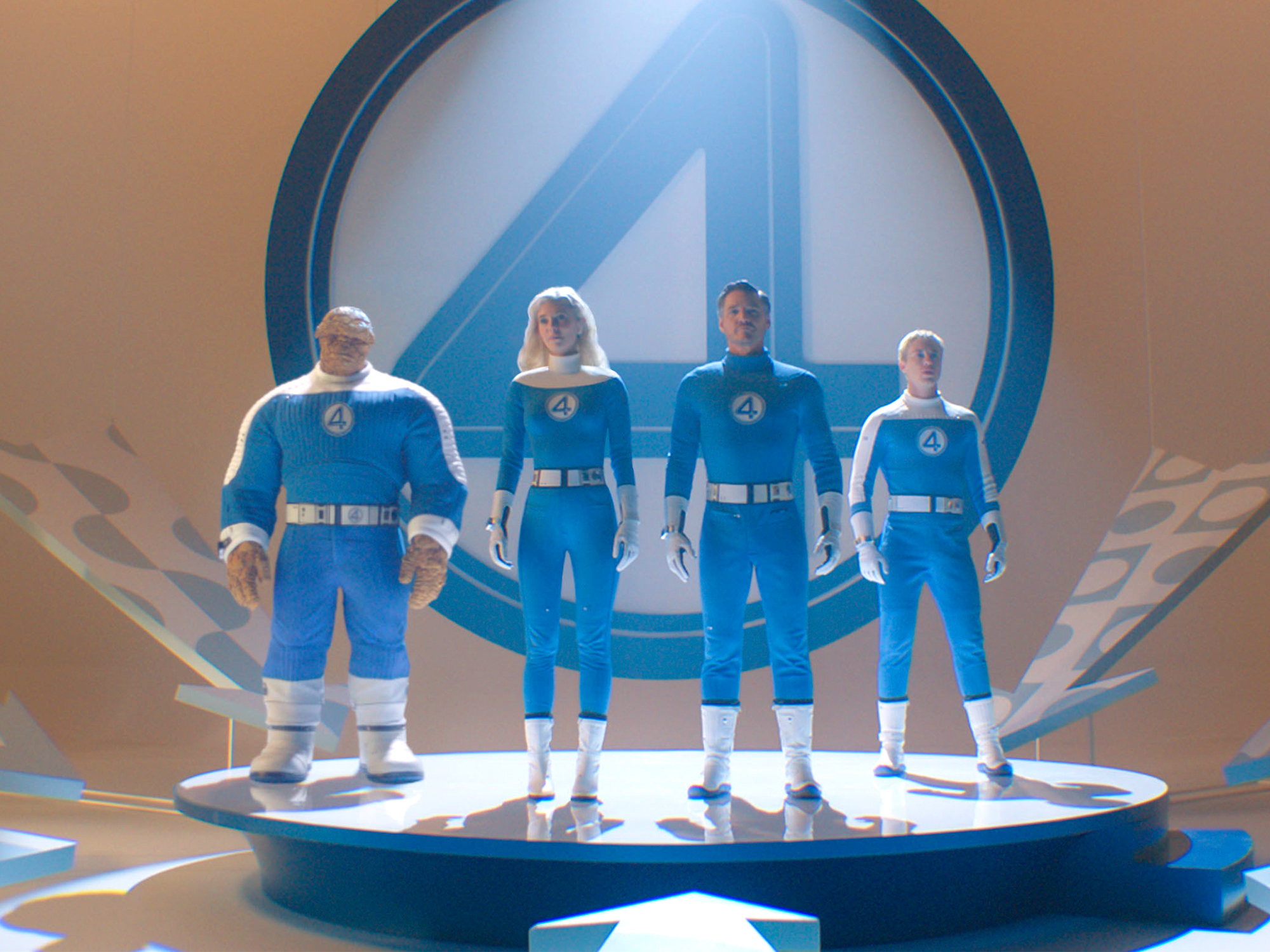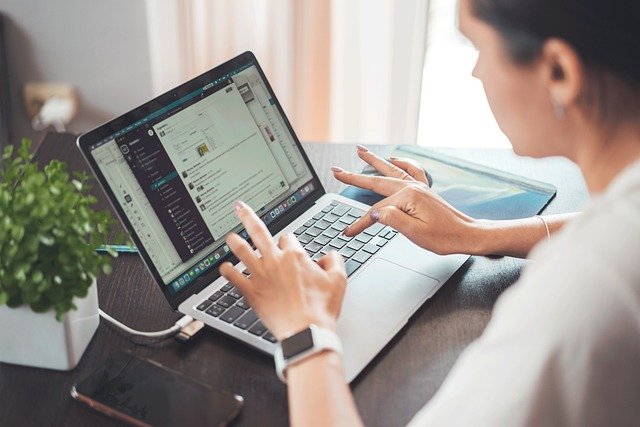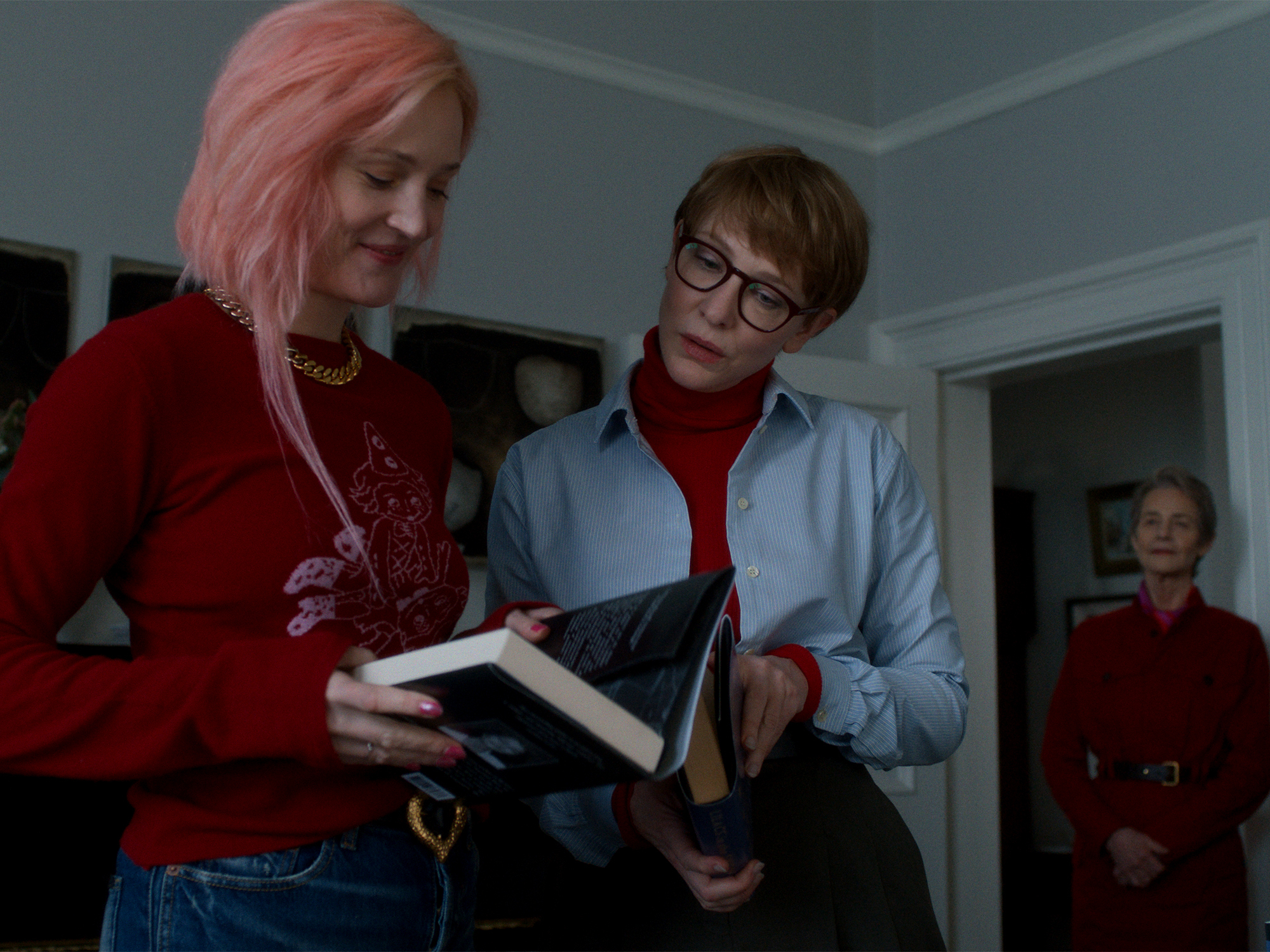
Where Kaye, her “proper” WASP-wife analogue, is a blonde, college-educated school teacher who (at least at the outset) loves Michael unconditionally, embodying both familial innocence and a “New World” kind of feminine consumeristic contentment (she’s shown buying Christmas presents, organizing trips, going to the theater, getting ready to settle down with Michael), To Die For goes out of its way to stress that Suzanne is only partially educated (“junior college” her father reluctantly admits), and anti-maternal, a seducer of school children, a would-be working woman destined to failure by her own vanity and shallowness. As the previous quote suggests, many reviews continually emphasized Suzanne’s lack of intelligence – or, per National Review, “just the right amount of dumbness” – and it’s this dimwittedness, paired with an overdeveloped sense of elitist entitlement, that leads to Suzanne’s ultimate demise. “Vaguely feminist emotions stir in my breast,” David Denby wrote of this aspect of Suzanne’s character (somewhat ironically given his own misogynistic description of the character), “Henry and Van Sant have hallowed [her] out, as if an ambitious driven woman needed to be exposed as a jerk. What would happen if “Matt Dillon were the ambitious one?” he asks. Well, he might have been Michael Corleone.
At the same time, Suzanne is no Kaye either. While Kaye’s WASPy purity and innocence frame her as a potential oasis of all-Americanness for Michael, Suzanne’s surface-level similarities to Kaye are framed as a sterile trap for Larry. “She’s so pure and delicate” Larry initially marvels, comparing her looks to a fragile china doll, “You just have to look at her and you wanna take care of her the rest of your life.” But Suzanne doesn’t want Larry’s care, she wants independence and success, and she will kill to get it, despicable in part because the movie posits she was never smart enough to make it. When Larry asks whether she wants kids, Suzanne spits, “If you wanted a babysitter you should’ve married Mary Poppins.” She’s bewitching, but deadly, a feminine monster who’s repeatedly associated with witches through cuts to Bell, Book and Candle on TV in the background and the use of Donovan’s ‘Season of the Witch’ at the film’s conclusion. Like a witch who enchants men for her own purposes, Suzanne is hyper-performative and über-pragmatic, using the racist, classist, elitist logics of television as her yardstick for life.
Suzanne views her doll-like “ice queen” beauty as a means to an end, weaponizing her status as an avatar for the televisual beneficence Kaye types typically represent. She religiously preserves her pallor (or her “pure” whiteness in contrast to what she calls the “ethnic” disadvantages of anchors like Connie Chung), constantly tries to lose the five pounds the camera adds, and wears her pastel miniskirts and kitten heels like an army uniform, no matter how schlubbily her coworkers may dress for the office. She tells everyone around her to “optimize” themselves to “succeed,” and finally uses “trailer trash” teens to kill Larry. Lacking the excuses Michael has for his actions, she weaponizes the familiar narrative true crime tropes her Kaye-like exterior offers – innocence and victimization – turning them on her husband and drawing the cameras she so desperately craves in the process. “Who are they gonna believe?” she asks primly, “I come from a good family.” One review put it this way: “What jury would convict such an attractive and popular TV weather girl? (ask O.J., he’ll tell you).”
Only Larry’s sister, Janice (Illeana Douglas), sees through this delicate façade, calling Suzanne “an ice queen” and “a four letter word: C‑O-L‑D, cold.” Where Michael Corleone’s signature coldness is presented as an extension of the American capitalist imperative, Suzanne’s status as an “ice queen” is presented as a monstrous extension of that all-American medium of “New World” modernity, television. In this sense, Suzanne’s relative “coldness” is her defining characteristic and the principle that unifies the film’s themes – as Marshall McLuhan suggests, television is a cool medium, mesmeric and passifying, and, icy though she may be, it’s her “avidity,” her passionate desire to make it (her failure to truly embody Michael’s businesslike “New World” mentality) that fails her. “She looks very fragile and delicate right?” Larry tells Janice when they start dating, “But when we’re– when I’m… the details are too graphic, but she’s like a volcano.”

